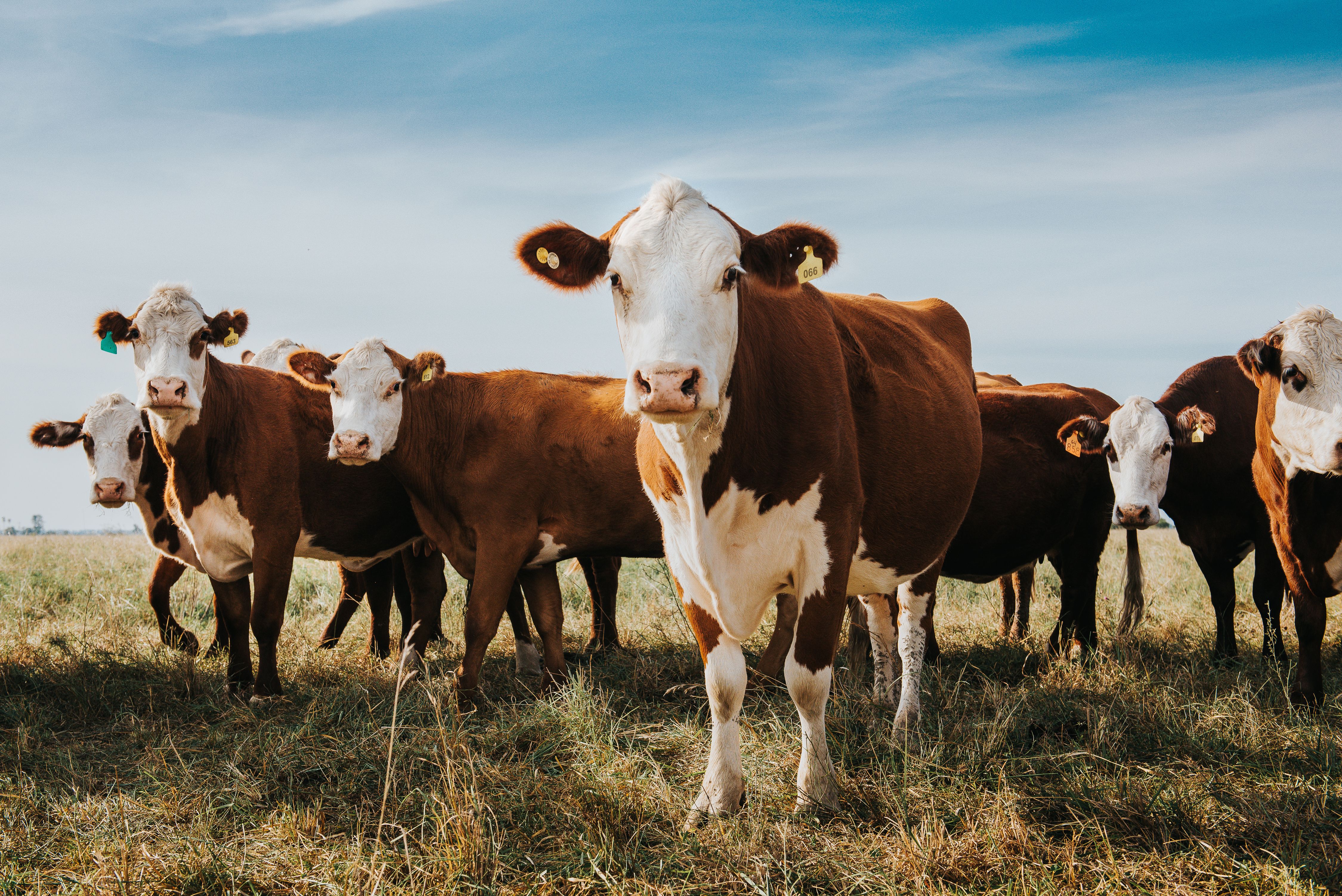Study finds wild pigs infected with BVDV in several US states
The virus is known to be transmissible between swine and ruminants.
Photo: Luis/Adobe Stock

A high seroprevalence rate of bovine diarrhea virus (BVDV) in wild pigs has been found in several US states, according to a recent study by investigators at the Auburn University College of Veterinary Medicine in Auburn, Alabama. The study’s findings were presented at the 2023 American College of Veterinary Internal Medicine (ACVIM) Forum in Philadelphia, Pennsylvania, by lead author Shari Kennedy, DVM, DACVIM (LAIM).1
Wild swine have been reported in 35 US states, and have a population of more than 6 million, according to the USDA’s Animal and Plant Health Inspection Service. A combination of escaped domestic pigs and Eurasian wild boars, as well as hybrids of both species, wild swine were reported mostly in the southern and southwestern regions in 2022.2
Cattle are known as the dominant source of BVDV infection for pigs. Positive BVDV infection for pigs typically occurs when these swine are raised on a farm where there is direct contact with cattle.3 Although pigs do not necessarily show signs of BVDV when infected, and the virus does not pose a threat to the species, it can be transmitted back to cattle and other ruminants.1,3
Auburn investigators examined serum samples collected from 1129 wild pigs in 17 US states. These states had reported seroprevalence rates for BVDV that are similar to those rates of wild pigs in other countries. Of the tested samples, 39 were positive for the BVDV-1b, and 32 showed positive result for BVDV-2a. Seroprevalence by state varied between 0% and 16.7%, according to investigators. The states with the highest seroprevalences were also those with the largest wild pig populations and a higher density of cattle.1
The investigators concluded that further research is needed to determine the source of the BVDV infection in wild pigs as well as the possible danger of viral transmission to other animal species including cattle. Wild pigs can carry a number of infectious diseases that can be a danger to other species including zoonotic diseases.1
In the US, the wild swine population has been increasing over the last 30 years and is now expanding rapidly, according to the USDA. Officials with the federal agency attribute wild swine population growth to multiple factors, including “adaptability to a variety of climates and conditions, translocation by humans, and the lack of natural predators.”2
References
- Kennedy SM, Passler T, Ditchkoff SS, et al. Bovine viral diarrhea virus seroprevalence in wild pigs across 17 states. Presented at: American College of Veterinary Medicine (ACVIM) Forum; Philadelphia, PA. June 15-17, 2023.
- History of feral swine in the Americas. USDA. March 9, 2023. Accessed June 17, 2023. https://www.aphis.usda.gov/aphis/ourfocus/wildlifedamage/operational-activities/feral-swine/sa-fs-history
- De Oliveira LG, Mechler-Dreibi ML, Almeida HMS, Gatto IRH. Bovine viral diarrhea virus: recent findings about its occurrence in pigs. Viruses. 2020;12(6):600. doi:10.3390/v12060600